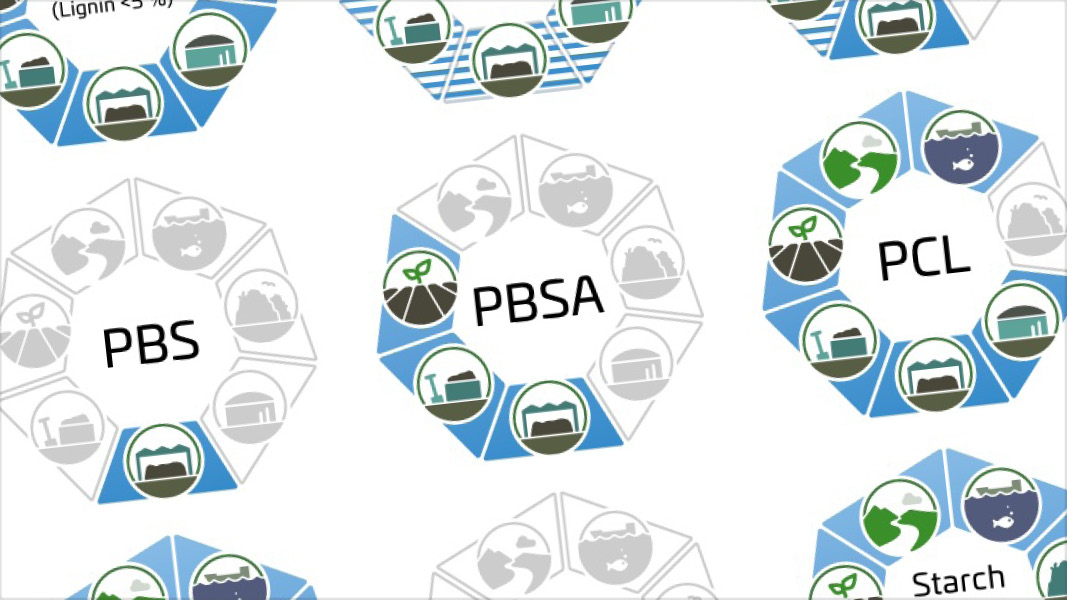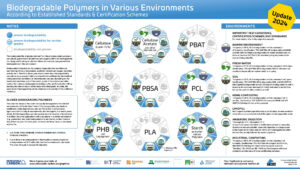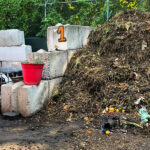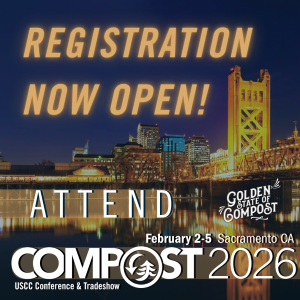Top: Poster graphic courtesy of Nova Institute GmbH
The Nova Institute GmbH released an updated version of its informative poster, “Biodegradable Polymers in Various Environments,” in July 2024. “The biodegradability of plastics derived from these biodegradable polymers can only be guaranteed if all additives and (organic) fillers are biodegradable, too,” notes the poster. “Dyeing and finishing of cellulosic fibers, for example, may prevent their biodegradation in the environment.” Nine different biopolymers — cellulose (<5% lignin), cellulose acetate, PBAT, PBS, PBSA, PCL, PHB, PLA, and starch and other natural polymers — are listed, along with whether they biodegrade in seven different environments: marine, fresh water, soil, home composting, landfill, anaerobic digestion, and industrial composting. Their biodegradability depends on the complex biogeochemical conditions at each testing site (e.g. temperature, available nutrients and oxygen, microbial activity, etc.), explains the Nova Institute. “In-situ behavior can vary, depending on the mentioned conditions, size of the plastic, grade of the polymer and other factors.” Cellulose, for example, biodegrades in all the environments, whereas PBS only biodegrades in an industrial composting process.















